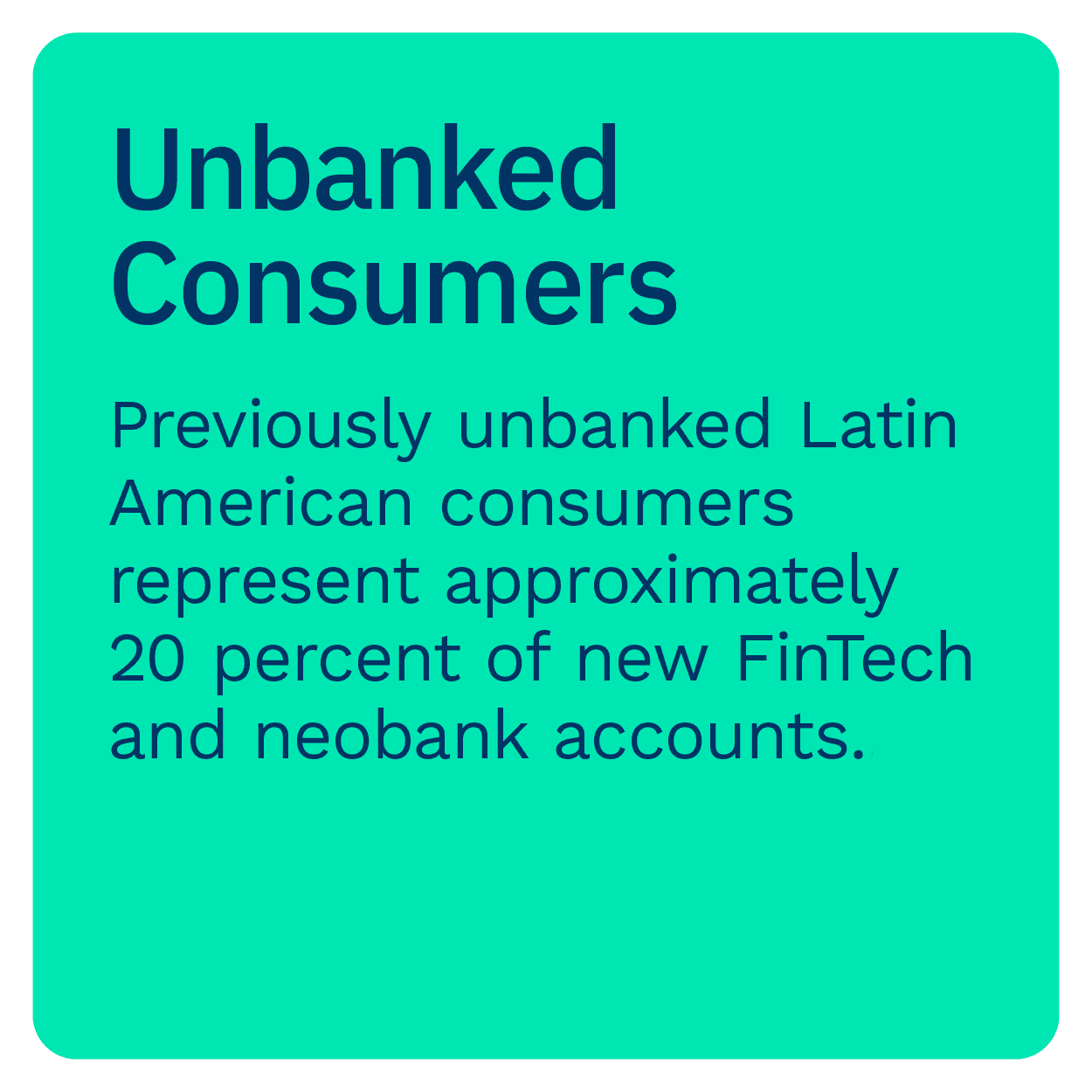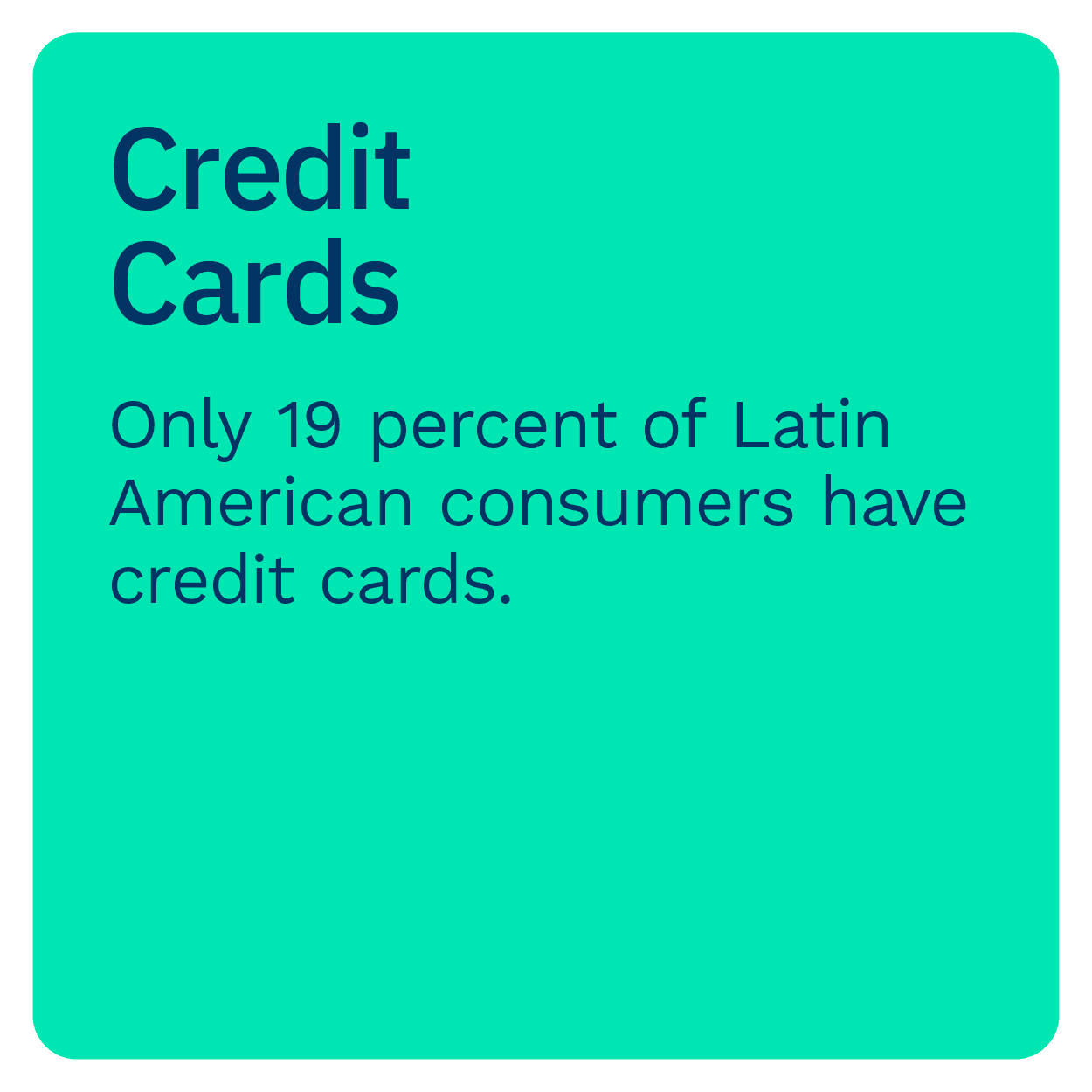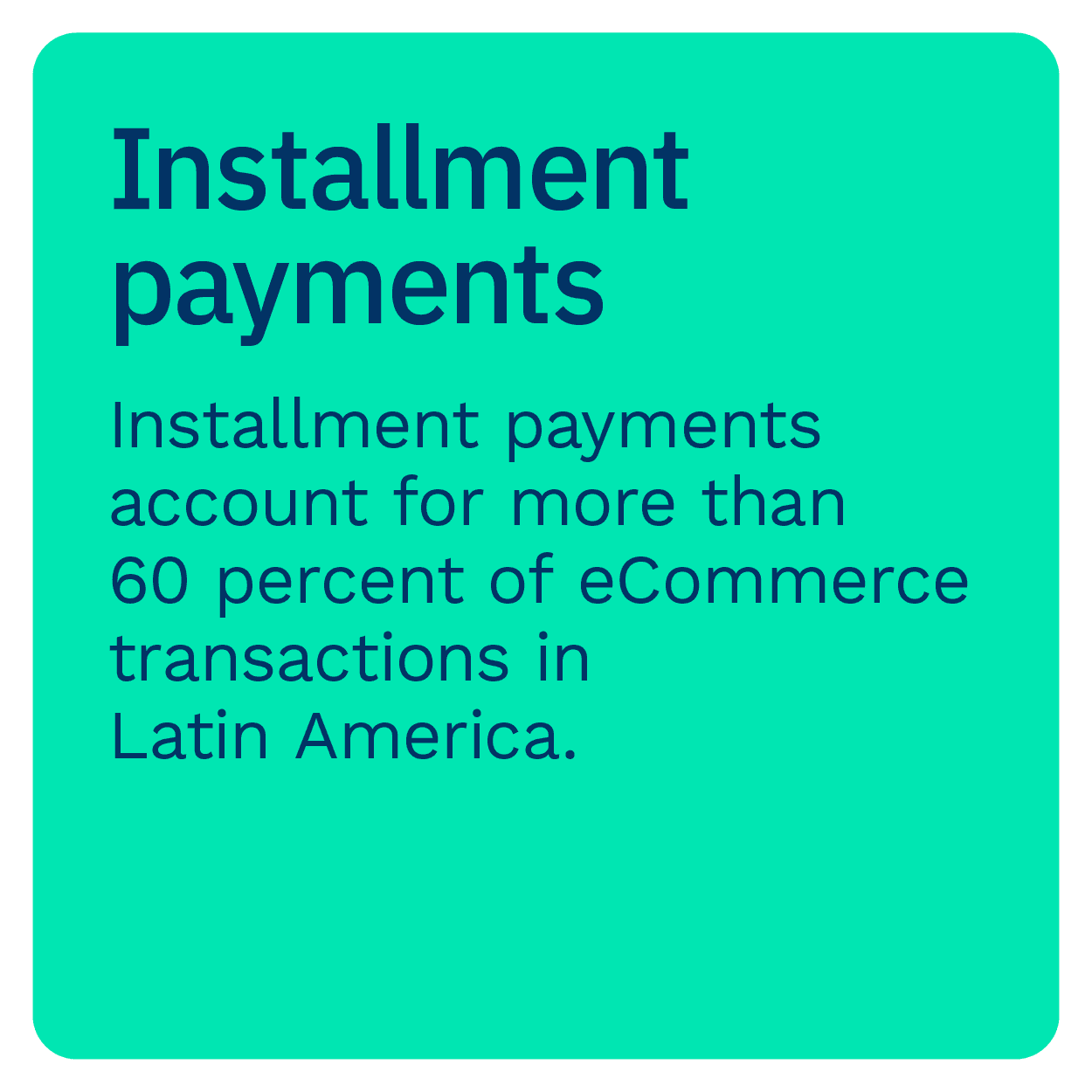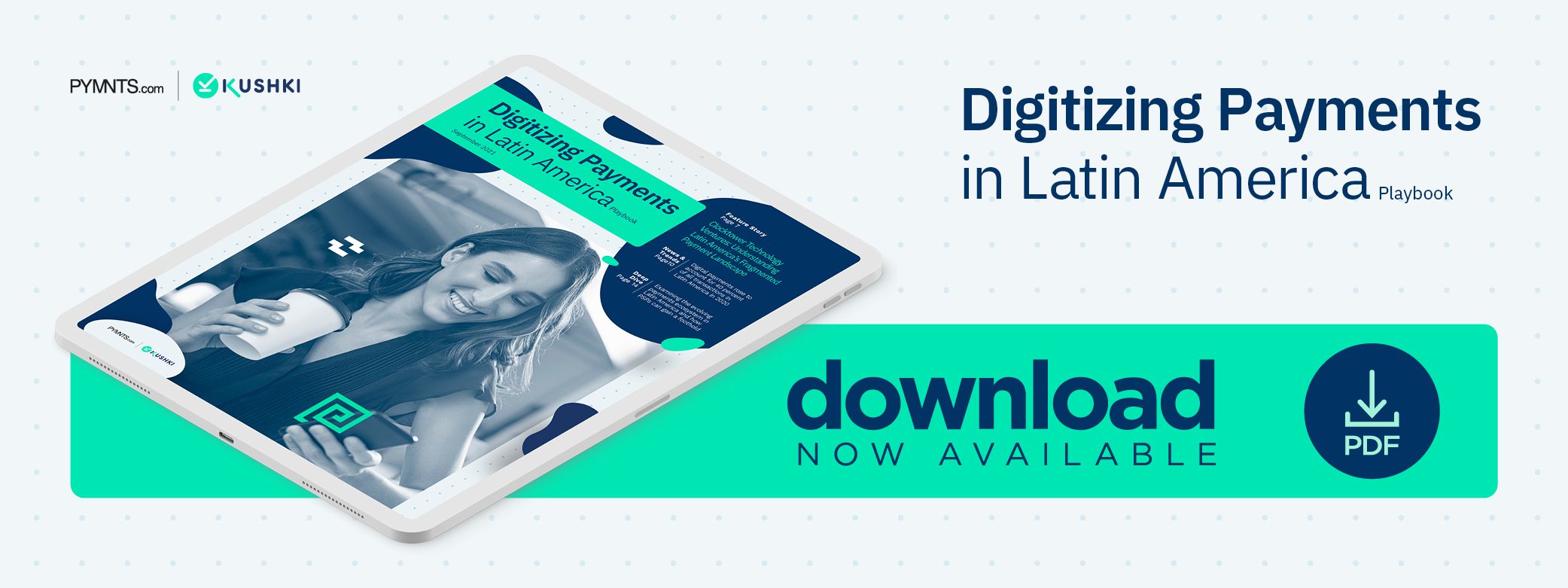PSPs Hold Infrastructure Key to Solving LatAm’s Fragmentation Problem

Latin America has become an attractive market for financial institutions (FIs), FinTechs and payment services providers (PSPs) to expand as payment digitization and use of alternative payment methods increase. The payments landscape is complex, however, with far greater penetration of mobile devices than bank accounts, and consumer payment preferences vary widely from country to country.
In the September edition of the Digitizing Payments In Latin America Playbook, PYMNTS explores the evolving payments ecosystem in Latin America and how PSPs and other financial entities can navigate obstacles to gain a foothold within the region.
Around the Latin America payments space
 There is a good reason why PSPs are turning their focus to Latin America. The region’s retail eCommerce market surged nearly 37 percent to reach $85 billion in 2020 — much faster growth than seen in any other major global region. This compares with 32 percent for North America, 26 percent in Asia-Pacific, 26 percent in Western Europe and a global average of 28 percent.
There is a good reason why PSPs are turning their focus to Latin America. The region’s retail eCommerce market surged nearly 37 percent to reach $85 billion in 2020 — much faster growth than seen in any other major global region. This compares with 32 percent for North America, 26 percent in Asia-Pacific, 26 percent in Western Europe and a global average of 28 percent.
This growth is even more remarkable given research that showed 81 percent of Latin Americans did not have credit cards in 2020, and 45 percent had no bank accounts. A main reason for limited credit card adoption is that local banks issue most cards, which means they do not work on major international payment networks. This makes them nearly impossibl e to use for cross-border purchases.
e to use for cross-border purchases.
The pandemic has pushed previously unbanked consumers to enroll in financial services. Last year saw 40 million new enrollments, many of which were encouraged by the need to receive government-funded pandemic-related support. FinTech, neobank and digital wallet customers reached the 120 million mark in 2020, while the overall banked population grew by 24 percent.
For more on these stories, visit the Playbook’s News and Trends section.
Clocktower Technology Ventures on What it Takes for New Entrants to Succeed in the Latin American Market
The pandemic led businesses and consumers concerned with public health to warm to the benefits of emerging digital-first payment methods. Payments players looking to expand in the region must understand how payment demands and preferences differ from country to country within Latin America, however. In this month’s Feature Story, Adriana Saman, principal of venture capital and financial service innovation firm Clocktower Technology Ventures, spoke about why understanding the complexity of the region’s payment landscape is crucial for new entrants looking to capture customer bases.
Deep Dive: Examining the PSP Opportunity in Latin Americ a
a
The need to spend more time and to work at home, combined with a steady rise in mobile internet penetration, has fueled Latin America to become a digital-first economy. Comfort in leveraging digital payments also has increased, though more slowly than in other regions around the world. This month’s Deep Dive examines the Latin American payments ecosystem and how these unique consumer preferences and trends can help guide PSPs as they aim to expand in the region.
About the Playbook
The Digitizing Payments In Latin America Playbook, done in collaboration with Kushki, examines the latest digital payments developments in Latin America, including how payment services providers can support consumer demands and gain a foothold within the region.

